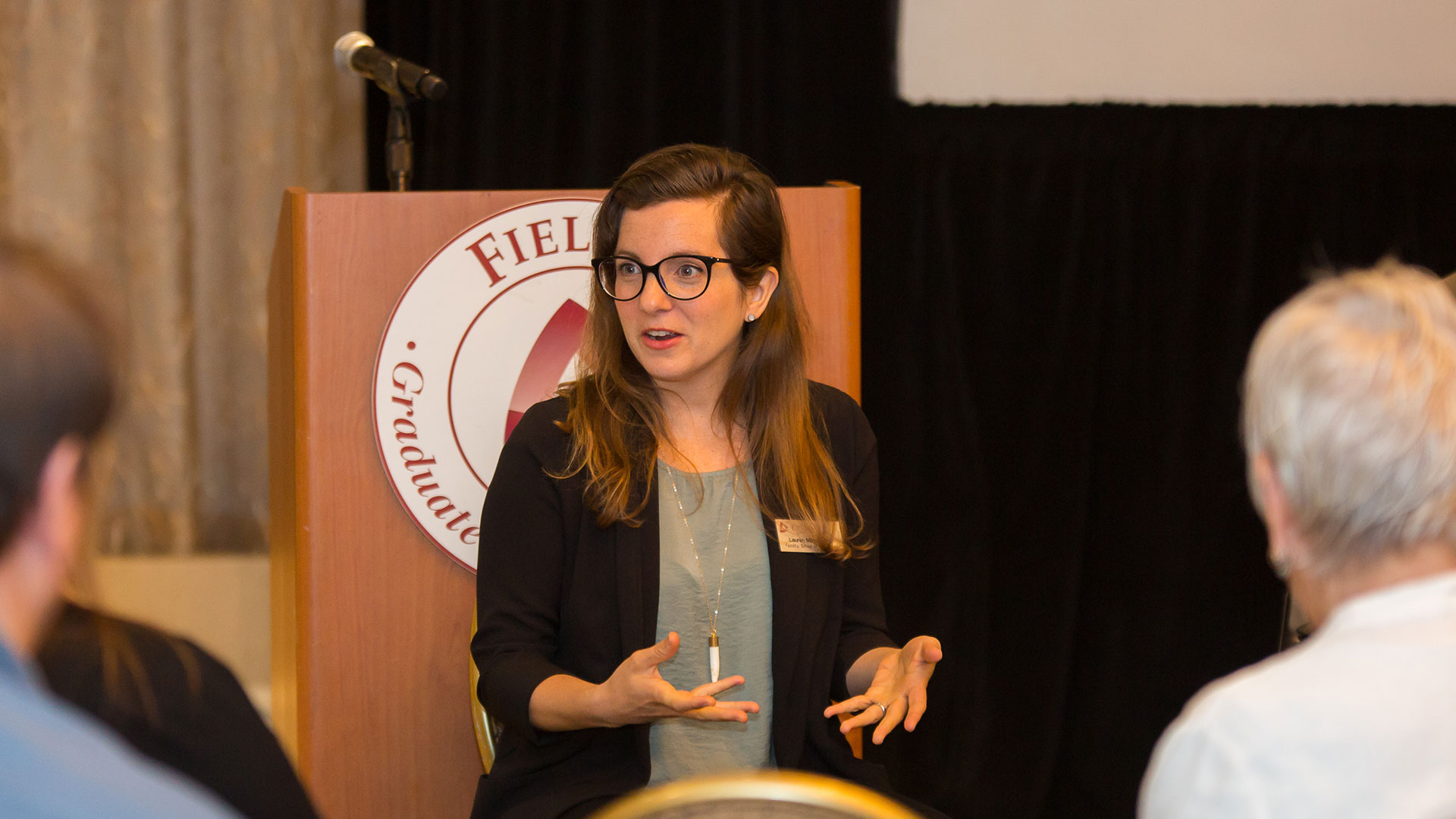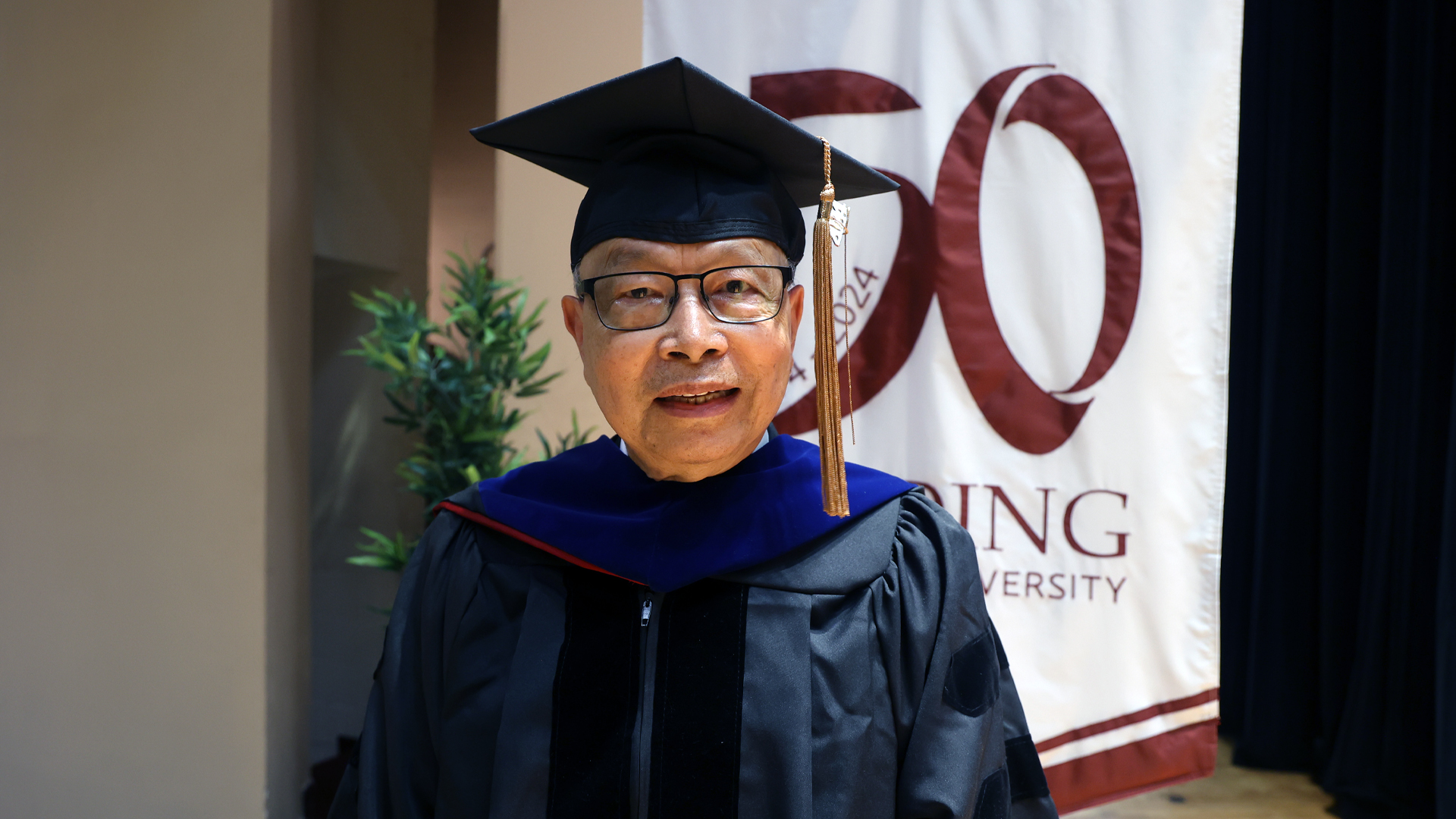Parasocial relationships can increase meaning and enjoyment.
KEY POINTS
- Taylor Swift’s level of success can attract our curiosity, even if we’re not a fan.
- Swifties, and other fans, feel deep emotional parasocial connections due to media’s “illusion of intimacy.”
- Swift-Kelce dating rumors multiply emotional stakes for fans invested in Taylor’s romances.
- Most parasocial relationships are perfectly healthy, adding to meaning, sense of community, and enjoyment.
Taylor Swift attended several recent Chiefs games, amidst rumors that she’s dating NFL star and Chiefs tight end Travis Kelce. If you didn’t know this, you probably haven’t been paying attention, either to the news or to social media; the internet has all but exploded with images of Swift cheering in a private box next to Kelce’s mom. Because Taylor Swift has one of the most devoted fan bases on the planet—and because Swifties are also not particularly shy about sharing their opinions online—images, speculation, and memes are everywhere.
Why Do We Keep Looking?
Any event that attracts that much attention will get more. Our brains are wired to pay attention to what people do around us. If that many people are excited about something, we feel that we have to look. It’s instinct.
Swift, in particular, is riding a surge of popularity right now, following her Eras tour and in anticipation of the upcoming Eras documentary. She has been enormously successful—way out on the long tail of stardom by any measure, not just as a songwriter, musician, performer, or even a woman.
That level of achievement is compelling—it’s hard not to be interested. Extreme feats of excellence, like summiting Everest, trigger our curiosity. The need to understand “outliers” is driven by our innate Stone Age survival instincts when unusual could be dangerous. Swift got our attention again by virtue of her achievement, not just notoriety, and now our curiosity can be satisfied by some media consumption, leaving us inspired, entertained, joyful, or even a little jealous.
The Psychological Power of Fandom
Yet modern fans’ behaviors seem to be well past those initial evolutionary responses. They have the real emotion that comes from human connection at stake.
Taylor Swift’s fans (known as Swifties) have powerful emotions that transcend her music. Swifties are attached to Taylor Swift, the person. While Swift clearly loves her fans collectively, the passion among the Swifties for Taylor herself is experienced individually and is best described as a parasocial relationship.
Parasocial relationships are one-sided connections. Fans feel strong emotional attachments, or what psychologists Horton and Wohl (1956) argued was the “illusion of intimacy” created through media. Social media amplifies the sense of intimacy by seeming like authentic interpersonal connections.
Swifties celebrate Taylor’s triumphs and empathize with her setbacks. This intense devotion is enhanced by a collective identity and sense of belonging. People want to feel part of a community, and fandoms offer exactly that.
Taylor Swift: A Parasocial Object of Affection
Swift has done a masterful job of using all media—not just her music— to create a sense of intimacy and vulnerability, enhancing the tendency of her fans to feel they know her personally, even though it is inherently one-sided. Swift’s music reflects her life experiences, and she owns her emotions, increasing her relatability. She can describe past relationships with passion but in the context of her feelings, not as an exercise in blaming.
Swift uses social media to extend her relationship with fans, making them feel privy to her “off-stage” self. Her ability to achieve authenticity and emotional connection combined with frequent communication further amplifies opportunities for parasocial connection. Swift frequently acknowledges her fans, further enhancing their sense of knowing and intensity of attachment.
Throughout it all, Swift has also managed to portray independence, strength, and integrity through a commitment to self. Unlike most people who have achieved high levels of success, Swift has managed to maintain the appearance of being fundamentally kind, hardworking, and relatively wholesome. As a role model, we could all do a lot worse.
The Travis Kelce Factor: Emotional Investment Multiplied
The Taylor Swift-Travis Kelce dating rumors have incited a lot of reactions—ranging from excitement to jealousy and protectiveness. Swifties are not only invested emotionally in Taylor Swift as an artist but also identify heavily with the narrative of her romantic life. As a new chapter is added to this narrative, the emotional stakes increase.
Travis Kelce will fall under scrutiny by Swifties to see if he is an “acceptable” partner for Swift. They will be looking to see if his wholesome mom-loving persona outweighs the other publicity, such as reality show appearances and an ex-girlfriend’s charges of infidelity. The paparazzi are already parked outside his house.
In the meantime, Kelce and the NFL are benefiting from the economic impact of the Taylor Swift effect. The NFL hopes to turn the Swifties into football fans, encouraged by the 400 percent increase in sales of Kelce jerseys.
Is Fan Behavior Healthy?
Fandom and parasocial connections are not the same thing—but they frequently overlap, as fans often experience a parasocial connection.
However, fandom implies social experience and expanded social identity through participation in a group. Parasocial relationships, by contrast, represent a perception of intimacy with a character (real or fictional) or celebrity, even though it is not reciprocated.
The initial concern about parasocial relationships has largely been discarded as long as the emotional attachment to a celebrity or character doesn’t impair other aspects of life, like impairing real-life relationships. Most parasocial relationships are positive and increase media enjoyment, fostering emotional well-being and providing a sense of companionship and community (Hoffner & Bond, 2022). They can support identity formation and increase self-esteem.
Particularly during periods of social isolation, like the COVID-19 lockdowns, parasocial relationships fulfill a need for relatedness and belonging essential to human well-being (Bond, 2021). Shows like “Friends,” “The Office,” and “Cheers” were the most popular downloads for a reason: The characters really do feel like friends.
For Parents
Parasocial relationships and fandom are a normal part of growing up. Who didn’t have a poster of a celebrity or rock star as a teen?
As a parent, don’t freak out if your kid seems to have a deep fixation on a particular celebrity or character. Find out who your kids like and why. It might be Taylor Swift, or it might be a TikTok sensation. Talk about what you appreciate or admire about a celebrity and ask the same of them.
This is a chance to emphasize your values without lecturing. Open conversations will make it clear very quickly that your teen knows the difference between parasocial and real relationships. Take advantage of these phenomena to talk about how information spreads on the internet, how brands jump on board to capitalize on social trends (like “seemingly ranch”), and increase their awareness and ability to think critically, even while they are enjoying something.
Balance is Key
As always, balance is key to everything. Most parasocial relationships are perfectly healthy and add meaning. If someone finds themselves obsessing over a parasocial relationship or struggling over the loss of a parasocial relationship to the point where it interferes with everyday life, it’s time to seek professional help.
For most, however, the parasocial relationship is a normal part of fandom and adds to the enjoyment of media entertainment. Emotional investment increases the immediate pleasure of watching and adds to the longer-term sense of meaning.
This article also appeared on PsychologyToday.com.
References
Bond, B. J. (2021). Social and parasocial relationships during covid-19 social distancing. Journal Of Social And Personal Relationships, 38(8). https://doi.org/10.1177/02654075211019129
Hoffner, C. A., & Bond, B. J. (2022). Parasocial relationships, social media, & well-being. Current Opinion in Psychology, 101306.
Horton, D., & Wohl, R. R. (1956). Mass communication and para-social interaction. Psychiatry, 19, 215-219. https://doi.org/10.1080/00332747.1956.11023049
Join Over 7,500 Fielding Alumni Located Around The World!
Change the world. Start with yours.™






Get Social